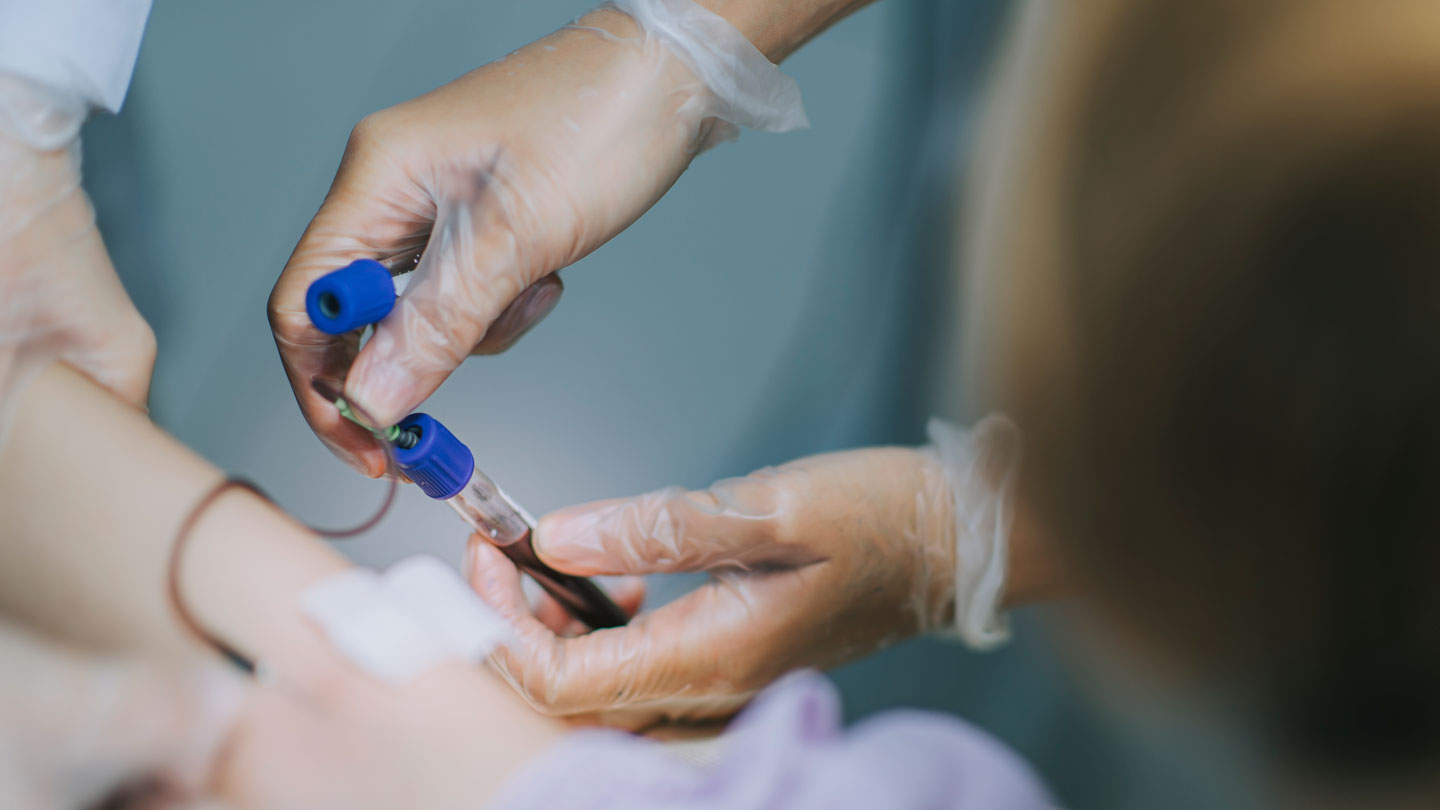Many female adolescents in the United States may not have enough iron in their bodies. But most may never know, partly due to a lack of routine screenings as well as disagreement over what constitutes too little iron, pediatric hematologist Angela Weyand argues.
Her analysis of data from thousands of blood samples collected as part of the National Health and Nutrition Examination Survey, which evaluates a nationally representative sample of people each year, suggests the issue is worthy of attention.
Up to 40 percent of U.S. females from the ages of 12 to 21 could be iron deficient, she and colleagues report in the June 27 JAMA. That’s much higher than previous estimates of about 16 percent, which use a lower cutoff point than Weyand’s team did for iron levels.
Iron is an essential component of red blood cells that helps deliver oxygen to organs and tissues. Iron deficiency can cause dizziness, headaches, fatigue, sleep disorders and cold hands and feet. Some of those problems can lead to low work productivity or an inability to multitask (SN: 5/4/04). Severe iron deficiency can also lead to anemia, a condition in which the body doesn’t have enough healthy red blood cells. Anemia can spark more severe issues, such as heart problems or pregnancy complications.
2023-07-18 06:00:00
Source from www.sciencenews.org
